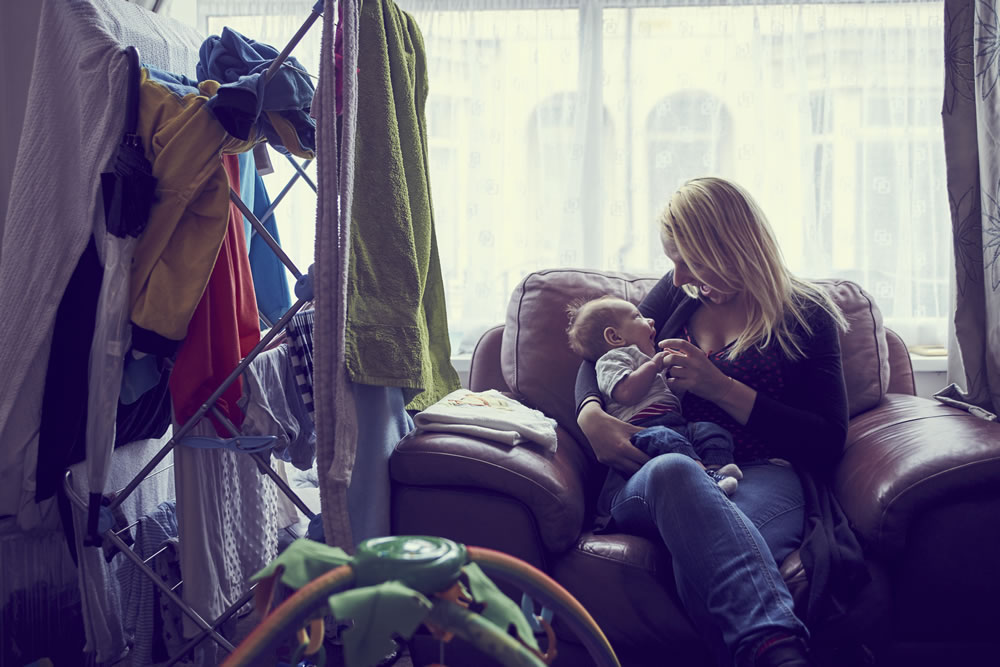A new report from the Affordable Housing Commission reveals that 4.8 million households in England are facing grave affordability problems. This represents over one in five (21%) of all households and almost 40% of those in the lower half of income distribution.
The report, funded by the Nationwide Foundation, also shows that it is in the private rented sector (PRS) that the greatest problems exist, with two million households facing affordability problems, equal to 43% of all households renting privately, rising to 51% for those households of working age in the bottom half of incomes.
In the PRS, four out of ten of those in the bottom half of incomes are paying over 40% of their household income in rent.
The Affordable Housing Commission, chaired by Lord Best, was established by independent think tank the Smith Institute with the support of the Nationwide Foundation, to examine the causes and effects of the current housing affordability crisis and propose workable solutions.
In the Commission’s report, Defining and measuring housing affordability – an alternative approach, it launches a new measure of affordability, looking at it in the context of household incomes and what people can afford, be it to rent or to buy, rather than the market place which focuses on market rents and house prices. This alternative approach would replace the current affordable rent model, which the report claims fails to support the provision of new affordable homes.
The Commission has looked at what level of income spent on housing is likely to cause hardship and stress. The new research shows that when rents or purchase costs exceed a third (33%) of household income for those in work, it can lead to financial difficulties, arrears, debts and consequent personal problems. And these problems become critical where housing costs are 40% or more of household income.
Affordability problems are curtailing the ability of people to buy a home. The report showed that there are 1.6 million renters (mostly in the PRS) who could afford to buy but can’t, mainly because of the need for large deposits. This is an increase of 0.6 million since 2010. At present, three quarters of renters have little hope of buying a home.
Using this new measurement of housing unaffordability in England, the Commission has identified four different types of households which are affected most:
1. Struggling renters of working age
• Currently, rent levels for over a quarter (29%) of all tenants in the PRS create an affordability problem.
• For social housing tenants, the figure is more than one in ten (13%): although rents are lower than in the PRS, so are incomes.
• For those in the bottom half of all incomes, affordability problems rise to 16% for all tenants in social housing and 51% in the PRS.
2. Low income older households
• One million people over the retirement age have housing affordability problems. Most of this group are living in owner-occupied accommodation and are without the resources needed to move or improve their current situation.
• The Commission has expressed special concerns that numbers of older people in the PRS will be much higher in the years to come, creating severe affordability issues when people switch from earnings to pensions.
3. Struggling homeowners
• Currently, 0.9 million home owners are paying more than 33% of their earnings on monthly housing payments (excluding the part of the mortgage repayments that is paying off the debt and accumulating an asset).
• This group, however, are at risk of increases in interest payments and a change in personal or employment circumstances that would create severe affordability problems.
4. Frustrated first time buyers
• 5.5m renters are currently unable to buy a home of their own.
• However, 1.6 million renters can afford to buy, and of them, 1.3 million are in the PRS and 0.3 million are in the social housing sector.
The Commission will now examine how the definition and measures can be effectively applied to housing policy, funding and planning to help deliver increased levels of affordable housing in different areas, for different people.

